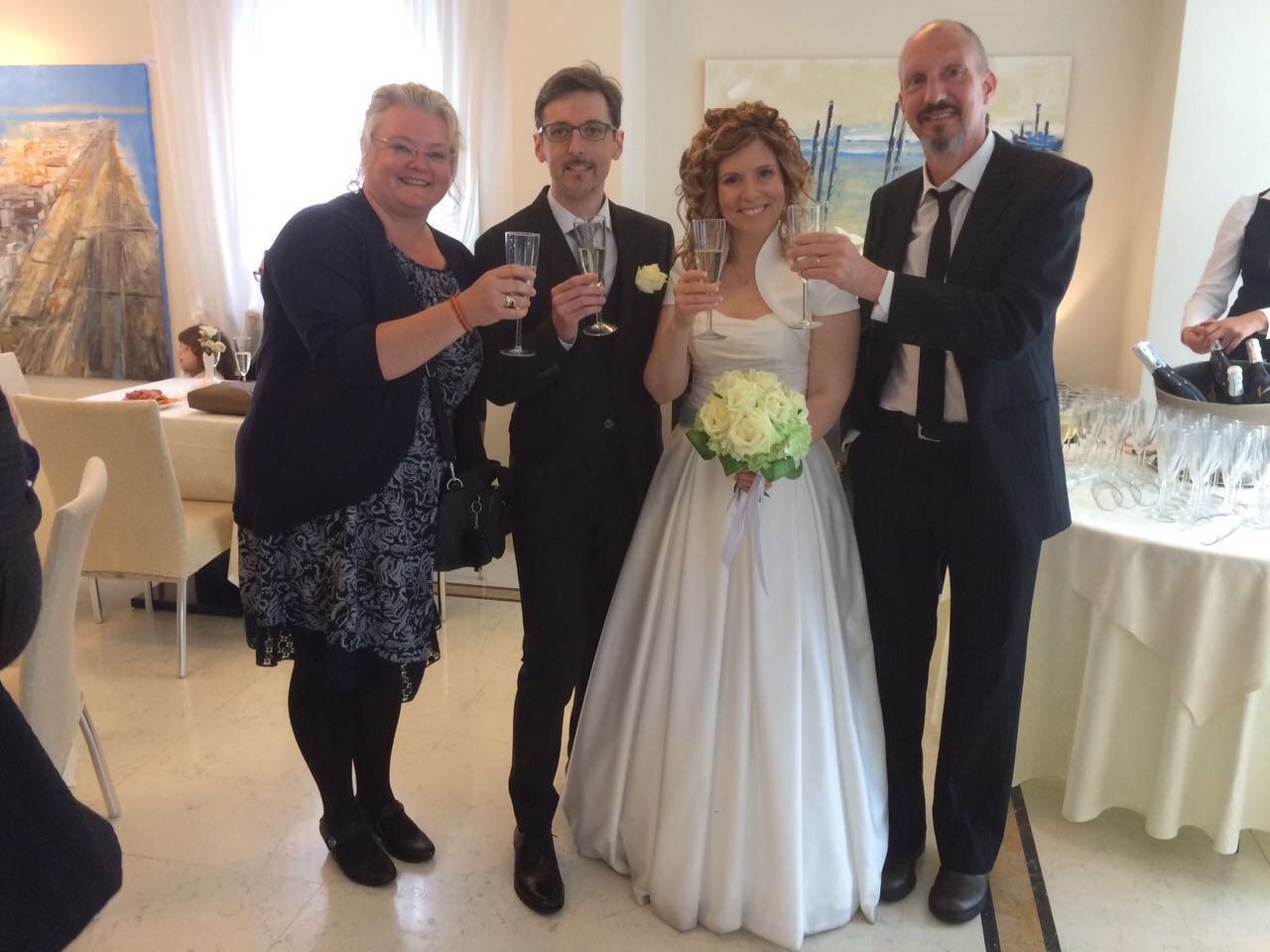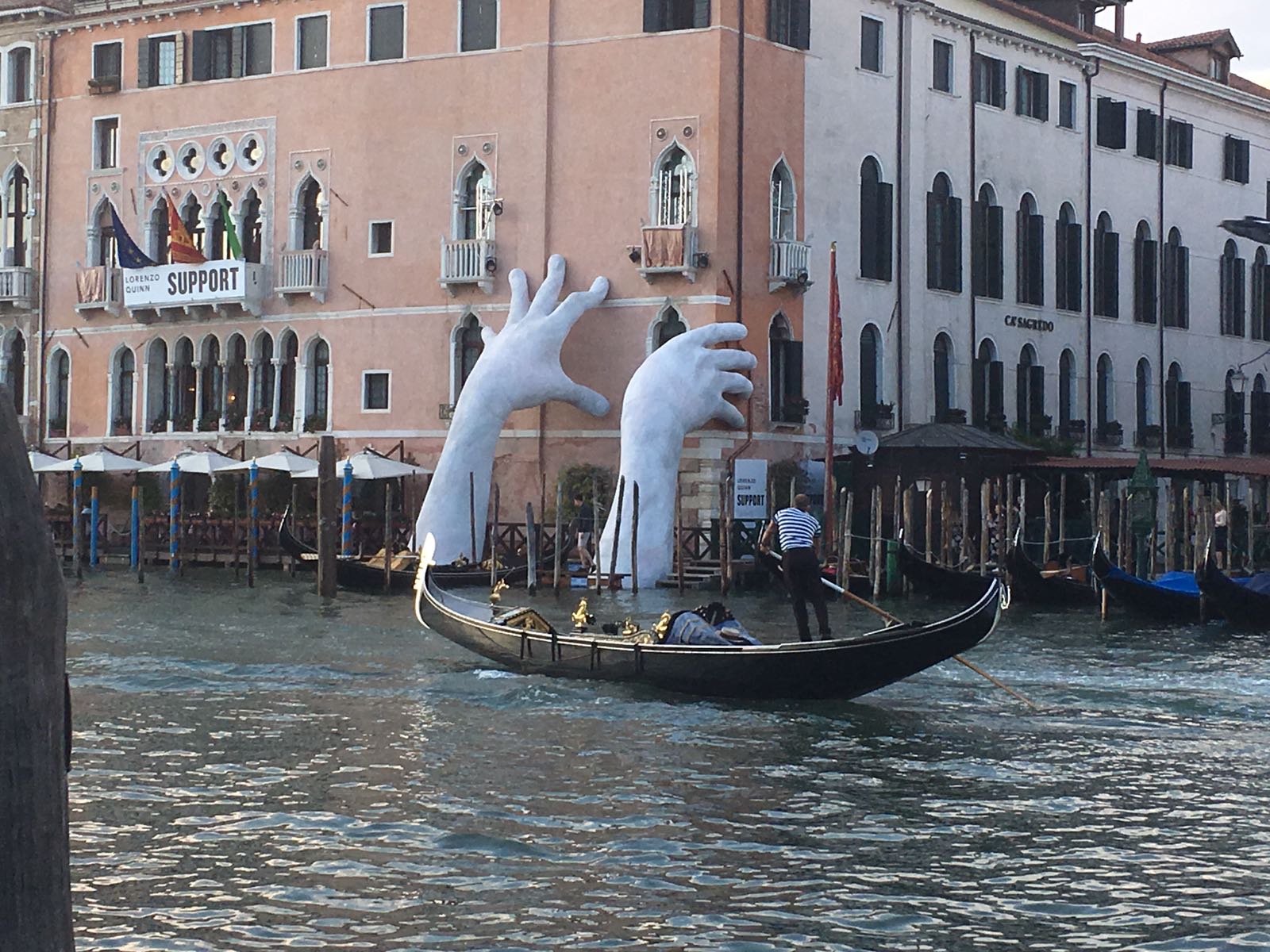After writing the blog below, we have had the news of the Manchester bomb. In response, we can all send kind wishes or do Tonglen for all of those involved wishing to relieve their suffering, in particular at the end of our practice when we share the benefit. I know what has happened and don’t need to upset myself further by watching and hearing the worst of it on the TV or radio as this benefits no one. It is close to home, as I have lived in and around Manchester for 20 years and spent many happy nights at the MEN Arena. My daughter is starting University in Manchester in September. I am moved to have received texts from friends and family checking we are all OK and sending their love. So I am avoiding the TV and radio coverage today, but will check in with the Guardian online news occasionally. We can choose not to let the fear or anger disempower us, but can focus on whatever we can do to help those around us and the wider world. Now back to the blog….
This weekend I have been in Mestre (near Venice) for the wedding of Gaia (who co-runs the MA’s franchise in Italy called InnerSight) and Marco. Congratulations to them both! After a beautiful civil ceremony we all shared a delicious eight course meal. A lovely day and I am sure the start of a very long and very happy marriage.

Mark (my husband) and I stayed in Venice and walked over 30kms in two days, enjoying the architecture, the omnipresence of water and thankfully sunshine, as well as the delicious Italian cuisine. The Venice biennale was on, and although we didn’t visit any particular exhibitions we enjoyed the sculpture ‘Support’ by Lorenzo Quinn – an amazing spectacle of two hands reaching out of the Grand Canal in support of a building – a bit like the constant effort we go to in order to support our notion of a sense of self with free will to decide how we think, speak and behave in the world!

While travelling I was reading a book called ‘Incognito: The Secret Lives of the Brain’ by neuroscientist David Eagleman, an excellent and quite shocking read, which provides significant scientific evidence as to the absence of human free will.
It shows evidence of how decisions are made unconsciously and how consciousness then rationalises and places meaning on the decisions that are made in terms of me and my story – about a half a second later! It describes how our experience of time is an illusion of the brain. It describes how vision is constructed by the brain based on what we expect to see, with the signals from the eyes being used only to highlight and adjust for any discrepancies between what we expect to see and what is actually there. It evidences how thought, and pretty much everything else we do is involuntary and that the role of consciousness is to focus on new habits that are then burned into the circuitry of the brain so that they eventually become involuntary too. This provides humans with the evolutionary advantage of flexibly automatising the skills and habits we need to survive in a changing environment.
The book also proposes that there are a multitude of sub-programs playing out in the brain, giving rise to multitudes of competing impulses to think, speak and behave in particular ways. It also provides examples about how who we are and how we behave, rather than being our choice, are due to our genetic heritage and life experience and can be catastrophically changed, by changes in the brain, such as illness or injury.
While the book argues for a lack of free will, it does indicate that we can train our free won’t. For example, if we have an impulse for short term gratification (e.g. for chocolate cake or criminal acts) and a competing impulse to refrain from this impulse in the service of longer term intentions, there is the possibility of tipping the balance between these two competing forces by training the impulse to refrain. This can be done by practicing refraining, e.g. by looking at pictures of chocolate cake and using bio-feedback from brain imaging to practice damping down our desire for the cake.
So we have to have an intention to change the short term impulsive behaviour in favour of longer term intentions and then practice refraining – does this remind you of anything?
It correlates well with the core concept we use in our Mindfulness training of ‘energy follows focus’! We set our intention, for example to be present or to be compassionate to ourself and then we practice just that for our 30-45 minutes a day of formal practice. When we notice our impulse to engage a thought and get caught up in thinking that takes us away from our present moment experience, we notice and then take our focus back to the present moment, placing our focus and energy into the habit of being present and refraining from engaging thoughts – allowing them to come and go freely. When we notice our impulse to be hard on ourselves we notice and refrain and instead focus on gestures and phrases of self-compassion.
So this book seems to reinforce our experiential understanding of how intention setting and practice can change our habits of thought and behaviour, hopefully in a more skilful direction that promotes our resilience and happiness!
The book is a highly informative and entertaining read, although somewhat disconcerting to my egocentric sense of self. It is full of interesting facts resulting from recent psychological and neuroscience research.
One fact is that some of us have a gene that makes us more likely to be monogamous. Happily married after 17 years, I think I probably have that one. I hope my Italian friends do too!
Kind Wishes
Heather
To visit our website: please click here

